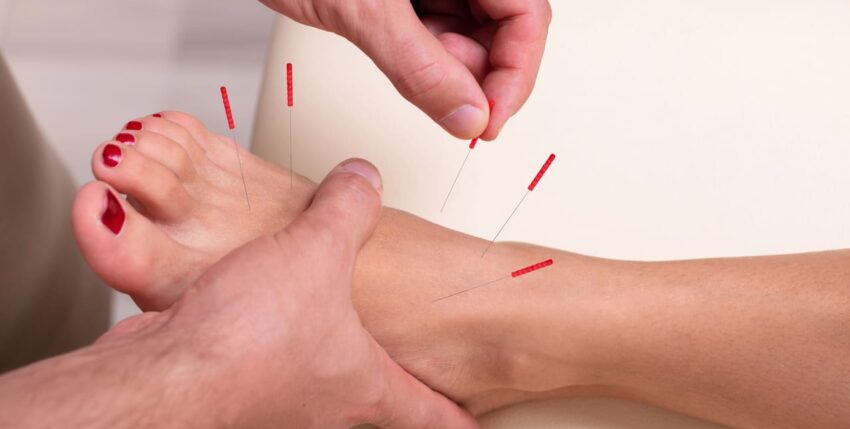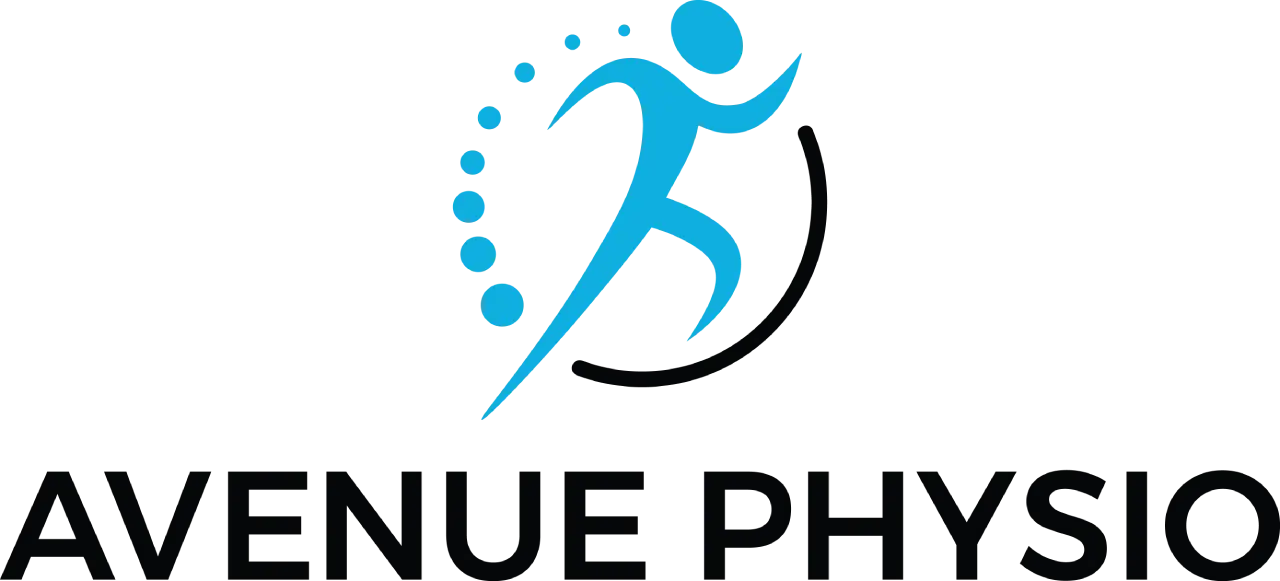
Acupuncture Insights: Safety Measures and Health Benefits Explained
Acupuncture, an ancient practice rooted in traditional Chinese medicine, has gained significant popularity in Western countries for its potential health benefits. This therapy involves the insertion of thin needles into specific points on the body to alleviate various ailments and promote overall health. Despite its widespread use, many individuals still question its safety. In this blog, we will delve into the safety of acupuncture, potential risks, and its applicability across different demographics, including children, pregnant women, and individuals with chronic conditions.
How Does Acupuncture Work?
Acupuncture operates on the principle that the human body has over 2,000 acupuncture points connected by pathways or meridians. These pathways are believed to facilitate the flow of energy, or “Qi” (pronounced “chee”), throughout the body. The theory suggests that an imbalance or disruption in the flow of Qi can lead to illness and discomfort. By inserting needles into specific points, acupuncture aims to restore balance and promote the body’s natural healing processes.
The therapeutic effects of acupuncture have been attributed to several physiological mechanisms. One theory is that needle insertion stimulates the nervous system, prompting the release of neurotransmitters and hormones that modulate pain and improve mood. Additionally, acupuncture may enhance blood circulation and immune function, contributing to its effectiveness in treating a variety of conditions such as chronic pain, migraines, and stress. While scientific research continues to explore these mechanisms, many people report significant improvements in their symptoms following acupuncture treatments.
What Makes Acupuncture a Safe Treatment Option?
Acupuncture is generally considered a safe treatment when performed by a qualified practitioner. One of the primary reasons for its safety is the stringent training and certification processes that acupuncturists undergo. Practitioners are required to complete extensive education in both the theoretical foundations and practical application of acupuncture, ensuring they have a comprehensive understanding of human anatomy and the precise techniques needed for safe needle insertion.
Moreover, acupuncture needles are regulated by health authorities and are typically made from stainless steel, single-use, and pre-sterilized to prevent infection. The needles are also very fine, minimizing discomfort and reducing the risk of tissue damage. In addition to physical safety, acupuncture is recognized for its low incidence of adverse effects compared to many pharmaceutical interventions. For these reasons, acupuncture has been embraced as a complementary therapy in various healthcare settings to support conventional medical treatments.
Safety Measures Taken During an Acupuncture Session
When undergoing acupuncture, several safety measures are implemented to ensure a safe and effective treatment experience. These precautions help minimize risks and enhance client comfort.
- Clean Environment: Acupuncture sessions take place in a clean and sterile environment to prevent the risk of infection. Practitioners ensure that all surfaces and tools are properly sanitized.
- Single-Use Needles: Each acupuncture needle is used only once and then disposed of immediately after use. This practice eliminates the risk of cross-contamination and infection.
- Thorough Client Evaluation: Before treatment, practitioners conduct a comprehensive evaluation to understand the individual’s medical history and current health condition. This assessment helps tailor the acupuncture treatment to the individual’s specific needs.
- Precise Needle Insertion: Acupuncturists are trained to insert needles at specific angles and depths to target the correct acupuncture points safely. This precision minimizes discomfort and maximizes therapeutic benefits.
- Monitoring During Sessions: Practitioners closely monitor clients throughout the session to ensure their comfort and safety. Any signs of discomfort or adverse reactions are addressed immediately.
- Post-Treatment Guidelines: After the session, clients are provided with guidelines to follow, such as resting and staying hydrated. These instructions help optimize the treatment’s effectiveness and further ensure safety.
- Emergency Protocols: Acupuncturists are prepared to handle emergencies, should they arise, with clear protocols in place. This readiness ensures that people receive prompt and appropriate care if needed.
These measures collectively contribute to the safety and efficacy of acupuncture. Clients can feel confident in the practice when treated by certified and experienced professionals.
Possible Risks or Side Effects Associated With Acupuncture
While acupuncture is generally safe, there are some potential risks and side effects to be aware of. These are typically mild and transient, but it’s important for people to be informed.
- Mild Discomfort: Some people may experience mild discomfort during needle insertion. This is usually brief and subsides once the needles are in place.
- Bruising or Bleeding: Minor bruising or bleeding can occur at the needle insertion sites. This is more common in individuals with bleeding disorders or those taking blood-thinning medications.
- Dizziness or Fainting: A small number of people may feel lightheaded or faint during or after the session. This can often be mitigated by eating before the appointment and ensuring proper hydration.
- Tiredness: It is not uncommon to feel tired or fatigued after a session. This is generally temporary and can be resolved with rest.
- Worsening of Symptoms: In rare cases, symptoms might temporarily worsen before improving. This is often seen as part of the healing process.
- Infection: Although rare, infections can occur if needles are not properly sterilized. This risk is minimized when treatment is administered by a certified practitioner.
Overall, the risks associated with acupuncture are minimal, especially when compared to many conventional medical treatments. People should discuss any concerns with their practitioner before beginning treatment to ensure a safe and comfortable experience.
Acupuncture While Pregnant: Essential Safety Considerations
Pregnant women can generally receive acupuncture safely, but some specific considerations must be taken into account. Acupuncture is often sought during pregnancy to alleviate symptoms such as nausea, back pain, and stress.
- Consultation with Healthcare Provider: Pregnant women should consult with their healthcare provider before beginning acupuncture to ensure it complements their prenatal care plan.
- Experienced Practitioner: It is crucial to seek treatment from a practitioner experienced in prenatal acupuncture, as they will be knowledgeable about avoiding certain acupuncture points that could induce labour.
- Relief of Common Symptoms: Acupuncture can effectively relieve common pregnancy-related symptoms such as morning sickness and fatigue, offering a drug-free alternative.
- Labour Preparation: Some women use acupuncture in the third trimester to prepare for labour, potentially easing delivery.
- Avoidance of Certain Points: Specific acupuncture points should be avoided during pregnancy, particularly in early trimesters, to prevent uterine contractions.
- Monitoring and Comfort: Practitioners ensure the comfort and safety of pregnant women, closely monitoring responses to treatment.
- Minimal Side Effects: Acupuncture during pregnancy typically has minimal side effects, which are often less severe than those from medications.
With proper precautions, acupuncture can be a beneficial adjunct to prenatal care, helping manage symptoms and improve overall well-being.
Is Acupuncture Safe for People With Chronic Conditions?
Acupuncture is considered a safe and effective treatment for individuals with chronic conditions, offering relief from symptoms and enhancing quality of life. Chronic conditions such as arthritis, fibromyalgia, and chronic back pain have been shown to respond well to acupuncture. The therapy can help reduce pain, improve function, and decrease reliance on medications.
Acupuncture’s safety lies in its ability to complement conventional medical treatments without the adverse effects often associated with long-term medication use. It can be integrated into a comprehensive treatment plan, addressing both physical and emotional aspects of chronic illness. Individuals with chronic conditions should work closely with their healthcare provider and acupuncturist to develop a tailored treatment approach that maximizes benefits while ensuring safety.
When to Avoid Acupuncture
While acupuncture is generally safe, there are certain situations where it should be avoided or approached with caution. Understanding these scenarios can help people make informed decisions about their treatment.
- Bleeding Disorders: Individuals with bleeding disorders or those on anticoagulant therapy should avoid acupuncture due to increased risk of bleeding and bruising.
- Compromised Skin Integrity: Acupuncture should be avoided on areas of the body with open wounds, infections, or severe skin conditions to prevent complications.
- Recent Surgery: People who have recently undergone surgery should consult with their surgeon before receiving acupuncture to ensure it does not interfere with healing.
- Pregnancy Considerations: Pregnant women should avoid certain acupuncture points to prevent the risk of premature labour or miscarriage.
- Pacemakers: Individuals with pacemakers should avoid electro-acupuncture, as it may interfere with the device’s function.
- Severe Mental Health Conditions: Those with severe mental health conditions should ensure their acupuncturist is aware, as the treatment may need to be modified.
- Allergies: People with allergies to specific materials used in acupuncture, such as metals, should discuss alternatives with their practitioner.
In these situations, it’s essential to have open communication with healthcare providers and acupuncturists to determine the safest course of action. Proper assessment and tailored adjustments can allow some individuals to still benefit safely from acupuncture.
Elevate Your Health
Acupuncture is a versatile and generally safe therapy that can offer significant health benefits across a spectrum of conditions and demographics. By understanding the mechanisms, safety measures, and potential risks, people can make informed decisions about incorporating acupuncture into their healthcare routines.
For those seeking personalized acupuncture services, Avenue Physio in Calgary Downtown offers guidance and treatments tailored to your individual needs. Contact us today to explore how acupuncture can support your health and well-being.
